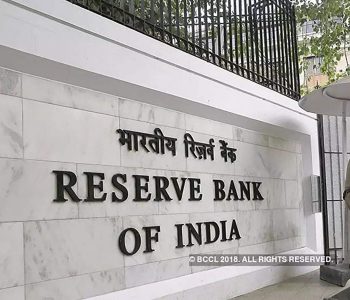Banking system faces Rs 790 billion in excess liquidity as loan demand falters amid economic slowdown

KATHMANDU: Nepal’s banking sector is grappling with a substantial excess of investable funds, amounting to NPR 790 billion, as economic activity remains sluggish. The buildup of idle liquidity in the banking system highlights a growing concern about the country’s economic recovery, with loan demand failing to keep pace with deposit growth.
Even during the peak festive season, which is traditionally seen as a time of heightened economic activity, loan disbursement remained weak. This trend has sparked worries about a stagnant economy, further compounded by subdued market confidence.
Despite the Nepal Rastra Bank (NRB) continuously adopting flexible monetary policies in recent months, including measures designed to reduce non-performing loans (NPLs) and alleviate capital pressure on banks, business confidence has not picked up as expected. This has left the banking system flush with surplus liquidity.
Low Demand for Loans
According to the latest data from NRB, the total deposits in the banking system reached NPR 6.66 trillion as of mid-October, while loan disbursement stood at NPR 5.29 trillion. This leaves a gap of NPR 790 billion in investable funds sitting idle.
The weak demand for loans can be attributed to a number of factors. Government infrastructure projects have not gained significant momentum, and a slowdown in imports has further contracted economic activity. These factors have directly impacted the demand for credit, with businesses reluctant to take on additional debt during a time of uncertainty.
“The economy hasn’t recovered as we had hoped, and with minimal demand for loans, banks are sitting on massive amounts of unused liquidity,” said a senior banking official who requested anonymity. “The monetary policy measures have been somewhat helpful in easing capital pressure, but until the economy picks up, the liquidity problem will persist.”
Interest Rate Cuts Continue
With the demand for loans remaining sluggish, commercial banks have been lowering interest rates on both deposits and loans in an effort to stimulate credit growth. Out of 20 commercial banks that recently announced their interest rates for November, 11 banks reduced their rates, while 9 banks kept them steady.
As per NRB’s data, the average interest rate on deposits has fallen to 5.48%, while the average lending rate has dropped to 9.52%. Fixed deposit rates now stand at 7.71%, and savings deposit rates have declined to 3.38%.
Lowering interest rates is intended to spur borrowing, but in the current economic climate, businesses appear hesitant to take on new loans. The lack of consumer confidence, coupled with market uncertainties, is contributing to the slower-than-expected recovery.
Rising Deposit Inflows
While loan demand remains stagnant, deposit inflows continue to surge. In October alone, deposits increased by NPR 132 billion, largely driven by an increase in remittance inflows and the attractive returns on fixed deposits, which continue to offer higher yields compared to other investment opportunities in the economy.
“The growth in deposits, especially in fixed deposits, reflects the current economic sentiment where people prefer safer and more guaranteed returns,” said financial analyst Manish Shrestha. “While this might benefit banks in terms of liquidity, it’s a double-edged sword since the lack of corresponding loan demand suggests an overall lack of confidence in economic recovery.”
NRB’s Response to Excess Liquidity
The NRB has been actively managing the surplus liquidity through open market operations. To absorb the excess funds, the central bank has been withdrawing liquidity from the system at a rate of NPR 100 billion per operation. However, the underlying issue remains—the economy has not gained the momentum required to spur credit growth, despite these interventions.
In the first two months of the current fiscal year, loan disbursement increased by NPR 119 billion, driven primarily by term loans, import financing, and share-based loans. Share-based loans, in particular, rose by 10.2%, supported by renewed activity in the stock market following the formation of the KP Oli government. Meanwhile, import loans saw a 17% increase in September as import volumes picked up slightly.
However, despite these increases in specific loan categories, other sectors, such as private housing and real estate, have seen negligible or negative growth. Real estate loans, in particular, remain in negative territory, indicating weak demand in that sector.
Economic Outlook
While there are some signs of recovery in areas such as imports and stock market activity, the overall picture remains one of caution. The weak demand for loans, coupled with stagnant economic growth, suggests that Nepal’s economic recovery will take time.
For now, the banking sector is left managing a liquidity surplus, with little opportunity to invest these funds in productive sectors of the economy. As businesses continue to hold back on expansion and investment, the road to a full economic recovery remains uncertain.














Facebook Comment